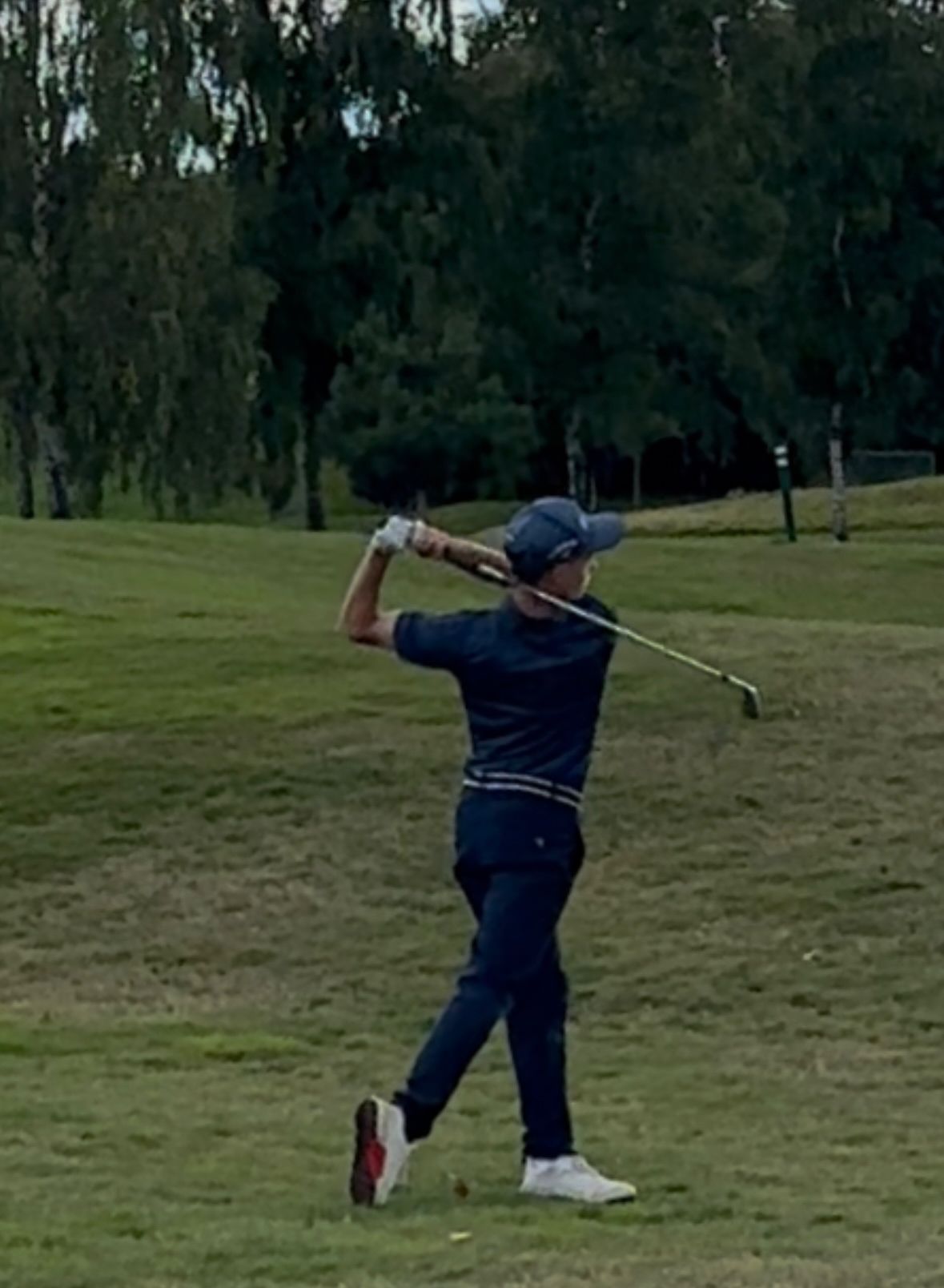Wedges
A quarter of all shots played by the average golfer are with a wedge, so making sure you choose the right ones is vital to lowering your score.
Our selection of wedges
We have the very latest models from every major brand including Callaway, TaylorMade, Titleist and Cobra, each delivering varying features and benefits for golfers of all levels.
Most golfers carry three or four wedges, to offer variation and selection in their short games, with the loft degree gaps at around 4 degrees between each club.
What you need to know
Pitching wedges typically have a loft between 44-48 degrees and are used for full shots into greens and longer chip shots. Gap wedges, around 50-53 degrees, are used for pitches and longer chips. Sand wedges, 54-58 degrees, are used in green side bunkers or around greens. Lob wedges, 60-64 degrees, are for chips and flop shots near the green.
Loft selection: The loft of a wedge is the angle between the face of the wedge and an imaginary vertical line. The more loft on a wedge, the more elevation on your shot, resulting in a higher ball flight with less distance. So, this is important if you are looking to hit the ball with high, low or medium elevation.
Bounce selection: The bounce of a wedge is the area of the club that hits the turf under the ball at impact. The most important element of this is the angle from the leading edge to the point where the sole meets the ground. This ‘bounce angle’ prevents a wedge from digging into sand or turf.
Low-bounce wedges have a bounce angle of 4-6 degrees and are suited to players who sweep the ball, taking a shallower divot. Mid-bounce wedges, at 7-10 degrees of bounce, are suited to a wide range of conditions and swing types. High-bounce wedges are best suited to players who dig at impact, taking deep divots.
Sole grind selection: Sole grind is the shaping of the sole of the wedge usually around the heel or toe. Manufacturers offer a range of sole grinds as well as the standard wedge sole. For example, a heel grind allows the face to sit lower to the ground at address. Sole grinds also change the bounce of the sole.
Most wedges come with steel shafts unless the wedges are part of a graphite set of clubs. Most players will use the same shaft material in their wedges and irons for greater consistency. Most steel shafted wedges come with a standard ‘wedge flex’. This provides feel and accuracy in a short club where flex is less important. But some professional players use softer flexes in their sand and lob wedges for more feel.
If you have a quick swing you should lean to a slightly stiffer flex, while a more rhythmic tempo benefits from a slightly softer flex.
The finish is down to personal aesthetic taste, but there are differences in wear. Chrome or nickel will maintain colour and appearance longer. Un-plated or raw finishes are designed to wear or rust more over time, which can improve friction and improve spin.
Here’s our guide to the best new wedges on the market in 2020.



































































